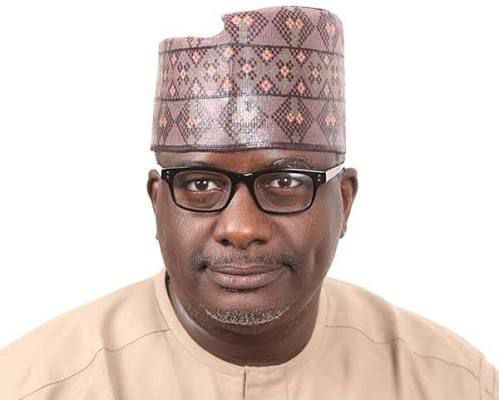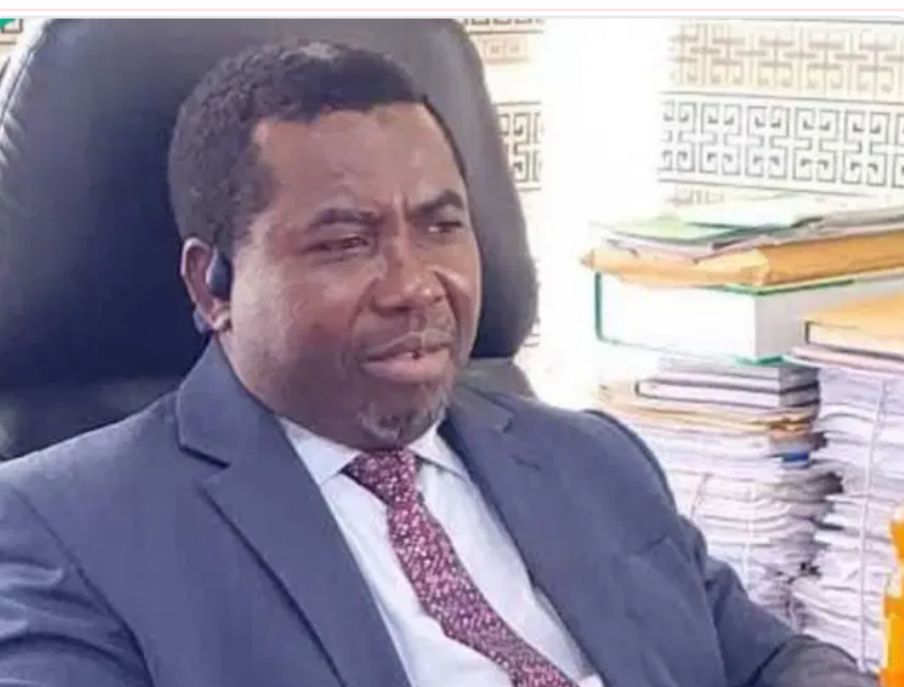Report Shows Kwara Indigenes Have Highest Per Citizen Debt of ₦236,248 from Government Borrowings
Kwara State has emerged with the highest per capita debt burden in Nigeria, with a fresh report indicating that each resident of the state owes an average of ₦236,248.
The data, compiled and released by analytics firm Statisense in March 2025, has placed Kwara far ahead of other states in the country’s debt distribution ranking.
According to the figures, Plateau follows distantly with ₦73,291 owed per person, while Nasarawa, Enugu, and Delta residents carry debt shares of ₦48,016, ₦37,883, and ₦34,240 respectively.
The sharp disparity highlights the scale of borrowing in Kwara and the significant fiscal weight resting on its population.
Per capita debt is determined by dividing the total debt profile of a state by its population, offering a clearer picture of how borrowing translates to financial responsibility on individual citizens.
The report, however, did not provide specific details on the composition of Kwara’s debt—whether domestic or external—or the categories of projects the loans were meant to finance.
Economic observers warn that the latest figures raise urgent questions about debt sustainability in Kwara. While borrowing is often justified by governments as a tool to finance infrastructure and stimulate growth, analysts caution that rising obligations without a corresponding increase in internally generated revenue could create long-term fiscal stress.
Nigeria as a whole has been grappling with growing debt concerns, with the national debt per person estimated at about ₦561,215 as of the first quarter of 2024. Though Kwara’s average is lower than the national benchmark, it stands out as the highest at the state level, stirring debates over fiscal prudence and transparency in governance.
Critics argue that the state government must provide clarity on how the loans were utilized and what returns the investments have brought to the people.
Others emphasize the need for strategic fiscal reforms that can boost revenue generation and reduce reliance on debt financing.
Stakeholders further warn that if current trends persist, future budgets may face severe strain, with debt servicing consuming a significant share of allocations meant for development projects such as healthcare, education, and infrastructure. For ordinary residents, this could mean slower delivery of essential services despite carrying the heaviest per capita debt tag in the country.
As the figures spark conversations across the state, many Kwarans are demanding accountability and assurance that the rising debt will translate into tangible development rather than becoming a financial liability for future generations.






